Somalia: Acute Malnutrition Projection Update for April - June 2025
The reduction in humanitarian funding is already affecting the nutrition, health, and WASH service delivery, impacting the nutrition outcome for two rural livelihoods which have worsened from Serious (IPC AMN Phase 3) to Critical (IPC AMN Phase 4).
The total acute malnutrition burden estimate for January to December 2025 has also increased to 1.8 million children aged 6-59 months, including 479,000 children likely to be severely malnourished. Compared to the January 2025 analysis, with a total burden estimate of 1.7 million for the same period, the revised estimate reflects an increase of nearly 47,000 children facing acute malnutrition.
Somalia: Acute Food Insecurity Situation for January - March 2025 and Projection for April - June 2025
Although the current food insecurity levels have improved by 15 percent compared to last year—mainly due to better rainfall and humanitarian aid—conditions are expected to worsen. Between April and June 2025, below-average rainfall, high food prices, conflict, and further flooding could push 4.4 million people (23 percent of the population) into IPC Phase 3 or above.
Somalia: Acute Malnutrition Situation January to March 2025 and Projection April to June 2025

Food Insecurity in East Africa
East Africa facing acute food insecurity as drought continues, alerts FEWS and FAO

From Famine to Food Security
Food crisis and famines continue to plague many developing countries. Armed conflict and prolonged drought have left around 20 million people at a risk of starvation and death in Somalia, South Sudan, Yemen, and Nigeria, while several other African nations also currently face with food insecurity, largely as a result of climate-driven weather events. An estimated $4.4 billion in aid is needed to address these crises.
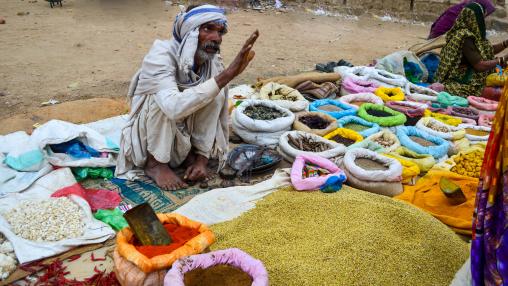
FEWS NET Releases Latest Global Price Watch
FEWS NET has released its Global Price Watch for September 2011, citing continuing high prices in Kenya, Ethiopia, and Somalia. Africa's newest nation, South Sudan, is also facing increased prices on some staple goods due to conflict and trade restrictions. Global rice prices saw a moderate upswing, due in part to Thailand's new rice price subsidy.
View the full report and the annex
Files:
full report
annex
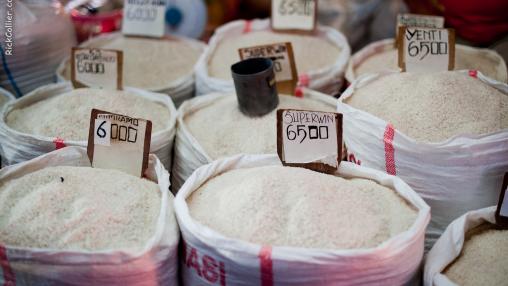
A Message to the Thai Government: Do Not Let National Policies Harm the Global Poor
A Commentary by Maximo Torero
Thailand’s rice exporters are warning that the country’s 2012 rice exports could drop by as much as 30-40 percent as the result of a proposed government policy that would guarantee fixed prices for both plain white rice and jasmine rice. The Pheu Thai Party, which was elected into power in July, has promised farmers fixed prices of 15,000 baht ($US 500) per ton for plain white rice and 20,000 baht (US$ 667) per ton for jasmine rice.
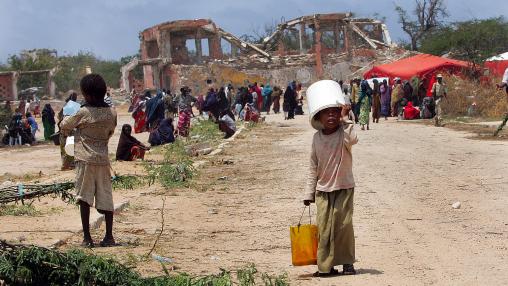
Famine Spreads in Somalia
According to FEWS NET, the prevalence of malnutrition and the rate of crude mortality have surpassed famine thresholds in the Bay Region of southern Somalia. A combination of poor crop production and deteriorating purchasing power has pushed poor households in this region into massive food deficits. Due to this rapidly deteriorating situation, the FAO-managed Food Security and Nutrition Analysis Unit and FEWS NET have now classified this region as IPC Phase 5 Famine.
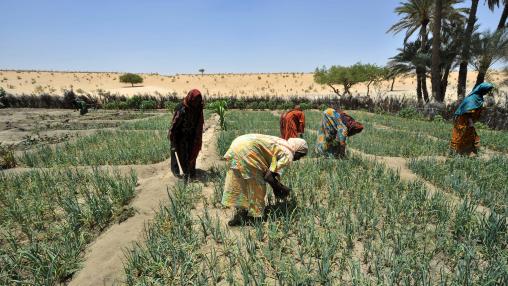
Tracking the Horn of Africa Food Security Crisis
After two consecutive seasons of poor rainfall, the Horn of Africa is experiencing the region's worst drought in 60 years. Drought conditions have led to widespread crop failure and livestock deaths, as well as increasing food prices. Somalia now faces famine conditions in the southern part of the country.
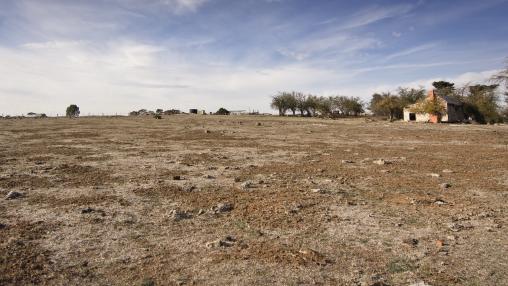
Comprehensive FAO GIEWS Resources for Horn of Africa Drought and Food Security Crisis
Keep up to date on the latest reports from FAO GIEWS on the ongoing food security crisis in the Horn of Africa. This page will be regularly updated with new information and resources released by GIEWS.
Drought-related Food Insecurity: A Focus on the Horn of Africa
(English)
Famine Thresholds Surpassed in Somalia
(English)
Latest GIEWS Country Brief for Ethiopia
(English)
Latest GIEWS Country Brief for Somalia
(English)
Image Source: World Bank